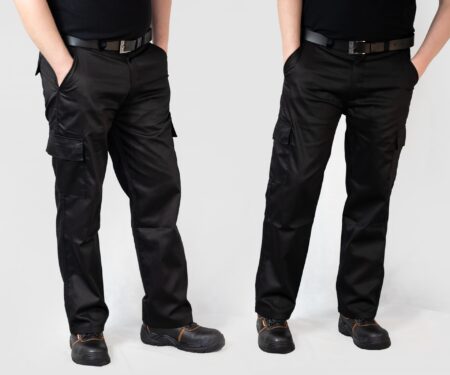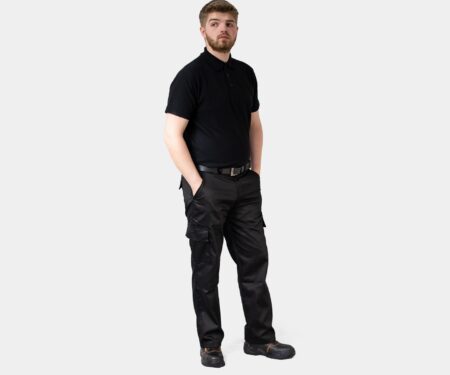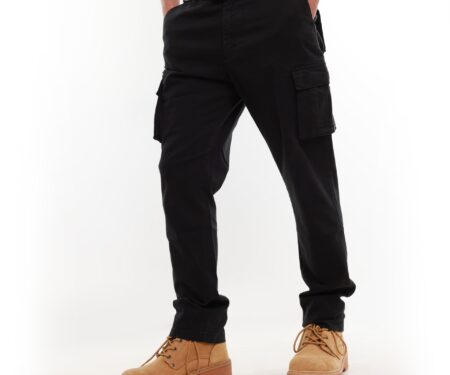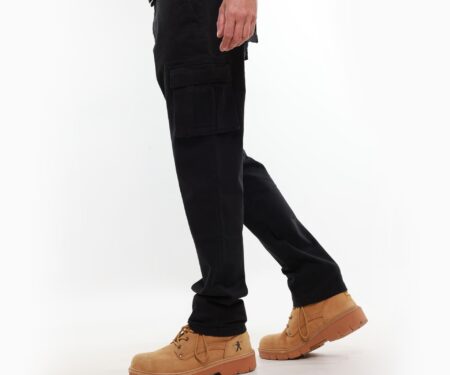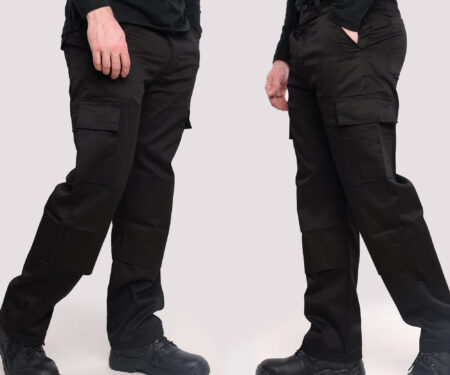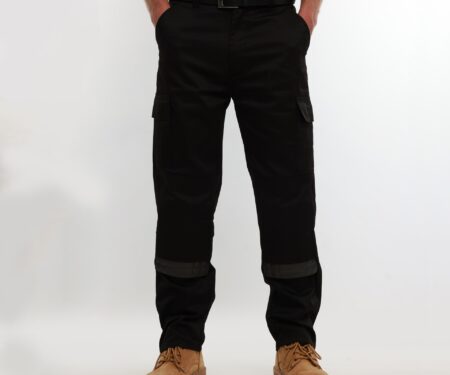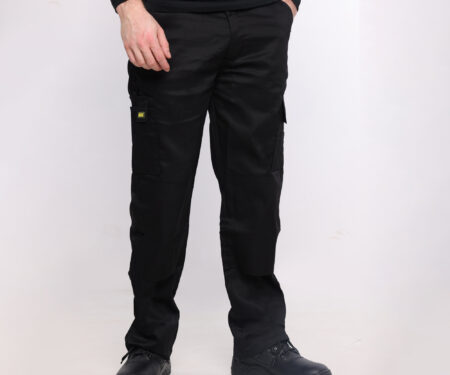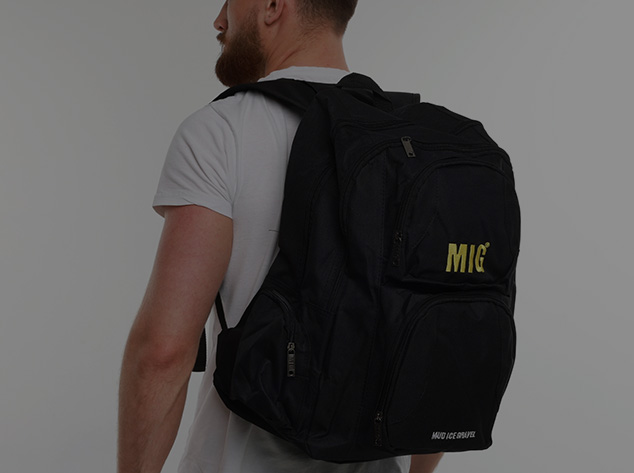The Information
Steel toe cap boots (also known as safety boots, steel-capped boots, industrial boots and much more) is a type of protective footwear that is part of the PPE range. These boots are designed to protect your toes from a falling object and a large amount of pressure, usually made from steel the toe cap is fitted into a safety boot that some time has other features such as anti-slip amongst others.
For those who don’t know PPE stands for Personal Protective Equipment and is part of UK law, PPE covers a broad range of products such as safety helmets, gloves, eye protection, high-visibility clothing, safety footwear and safety harnesses. It also includes respiratory protective equipment (RPE).
You can read more about PPE at the HSE website: http://www.hse.gov.uk/toolbox/ppe.htm.
The Facts
There are many facts about steel toe cap boots that you may not have known, take a look at some of these and let us know in the comments section below if you already knew some of these.
Did you know?
- Steel toe cap boots were invented by Germany after the end of world war II
- In UK law if you are working in potentially dangerous environments where you need to wear Safety Boots.
- Not all steel toe cap boots are made of steel, in fact, some are made of a plastic known as TPU(thermoplastic polyurethane)
- There are many different types of boots to protect you against different things such as
- Lacerations
- Chemicals
- Falling objects
- All steel toe cap boots must go through strict tests to ensure they meet standards set in the UK, this means they are designed to not only last but to protect to the best of their ability.
- Steel toes caps are in more than just boots now with many of them being placed in shoes and trainers.
The Myths
There is a common myth about steel toe cap boots actually providing more harm in the event of a heavy object falling on your toes. The myth stated that the weight must be greater than a certain amount, to cause the flat part of the cap to bend round and cut off the toes.
A popular US TV show called Mythbusters looked at this myth and tested it to work out if this was correct. The show was hosted by 2 individuals Jamie and Adam, who has many years in the special effects industry, the show has now finished but after 10 years of testing myths just like this.
They managed to find one example of where this happened, the case in question was in 2002 where steel pipes fell off of a forklift and landed on the toes of the Australian worker. However, this was not a direct amputation of the toe rather a crushing of one toe which mixed with the toe cap breaking caused the 3rd toe to be beyond repair.
Jamie and Adam went on to test this theory by coming up with a machine that would drop a large weight on the toes of a human replica, the weight could be adjusted to continue the testing until they reached the required result.
The steel toe cap could handle up to 6000lbs of pressure before failure which allowed them to come to the conclusion that under normal circumstances the steel toe cap would not reach your toes and would prevent damage. The only time this could happen is under extraordinary pressure and even at this point the steel toe cap would crush your foot not slice it.
However considering that without the steel toe cap boot your toes would have to be amputated anyway it is always a better choice to wear them.
The myth is incorrect
The Types
There are three main materials used in the creation of a steel toe cap:
- Steel
- Alloy
- Composite
A steel toe cap is traditionally made of steel allowing it to be both strong and durable, these are usually made to be cheaper and offer maximum protection. There are some downsides to using steel such as, they are heavy which means that they can be uncomfortable. Another is that you cannot wear them as you travel through a metal detector like in some warehouses, however composite solves this problem.
If you boot is made from an alloy, you will find they are made from materials such as aluminium and titanium to offer superb protection but allow the boot to be as lightweight as possible. The main pro to getting an alloy cap is that they are usually around 40% lighter than the steel toe-capped boot. However come with negatives like increased cost and like the steel toe cap boot, they set off metal detectors.
Composite toe caps are designed to give a good level of protection although they pass relevant standard they are usually not as strong as metal alternatives. They are usually made from materials like carbon fibre, plastic, fibreglass and carbon fibre which allows the product to maintain a decent level of strength whilst having lightweight qualities. Composite toe caps can sometimes crack or shatter upon impact which means you will need to get new boots upon damaging them.
Composite toe caps are often used by electricians as they do not have the metallic part of the shoes which helps prevent electric shocks.
Some boots also offer different levels of protection such as:
- Flame resistance
- Waterproof
- Anti-static
- Puncture resistance
- Cut resistance
- Shock absorption
- And much more
The difference between steel toe and composite boots?
Steel toe safety footwear is a classic method of foot protection among workers. When it comes down to impact protection, steel toe caps are a winner. They have been around for many years and are used in many industries.
Composite toe boots are a new form of safety footwear. This type of protection is provided by non-metal materials. Most common composite safety footwear use carbon fibre, fibreglass or plastic.
Composite toe protection is good because it is lightweight and comfortable.
Both types of safety footwear have their pro’s and cons. Steel-toe safety footwear is good because it can withstand a great deal of pressure, slightly more than composite safety footwear can.
Composite safety footwear is good because it is lightweight and comfortable, although it costs more to manufacture.
Steel safety footwear is a traditional method and is tried and tested. Some people argue that composite safety footwear is more practical because it is made from non-metals. The steel acts as a conductor so steel footwear is not ideal for people who work around live electricity. This means workers with composite safety footwear can pass metal detectors on site.
A recent myth was disproved regarding steel toe safety footwear. The myth stated that with enough pressure applied, the steel inside the boot would amputate the toes of the wearer. This test was carried out by Mythbusters, who concluded that this was not the case.
In the past few years, steel and composite safety footwear has improved it’s look. New design and manufacturing techniques mean that the safety footwear products now look better than ever. Some people even chose to wear safety footwear outside of a working environment. This has made safety footwear very fashionable, which has increased demand.
New technology and styles are being produced everyday. In comparison to steel toe footwear, composite is still very much new. New regulations and improvements mean that safety footwear is at an all time high. Our stock of safety footwear now include many other perks, such as oil resistance, anti static, anti slip, water resistant and much more.
It is obvious that steel is a lot naturally bulkier and heavier. It also is a conductor of heat so it is not always ideal in hot conditions. This is another reason why some people turn to composite safety footwear instead.
All in all, they both provide excellent protection. Our steel toe and composite safety footwear range are very popular among our customers.
If you would like to view our full range of safety footwear then please take the time to browse our website. Here you can find the very best safety workwear, which abides to all EU standards.
Siteking Safety Workwear
200 Joule Steel Toecap
A steel toecap is a metal insert at the front toe region of the safety boot. These toecaps are designed to protect against 200 joules of pressure, most used to stop injuries from falling objects.
Some toecaps are designed from an alloy of metals rather than just steel, although these can be stronger these safety boots only need to meet 200 joules of protection.
Steel toe cap boots are the most commonly sold in the safety footwear category as they are fitted as standard.
200 Joule Composite Toecap
Like steel toecaps, composite toe caps are designed to protect against falling objects. The composite toecap is usually made from a blend of plastics and hard rubbers to protect up to 200 joules of pressure. As the toecap is not made from metal the safety boot is lighter and can be more comfortable to wear.
Non Metallic
Non-metallic safety boots are made from 100% composite or fabric materials. One main benefit to wearing metal free boots is that your boots do not contain magnetic or conductive materials. A popular choice amongst electricians and those working around electricity.
Wide Fitting Footwear
Although wide fitting footwear is not classed as a safety feature, there are many individuals looking for a wide fit. The wider fitting helps to provide comfort and reduce the tight-fitting around the toecap area. With two different sizes EEE or EEEE available, you will be able to find a width that fits properly. To find out more about the widths and measurements of wide fitting safety boots, visit Wide Fitting Safety Footwear Explained.
Waterproof Footwear Properties
When working outdoors it’s important that your footwear protected you against water from entering the boot. Prolonged exposure to water can cause serious injuries and can result in amputation.
Waterproof safety boots are usually made of a water reflective material allowing the water to run off the boot. Regularly found on safety boots, this feature is a must when working in the colder months, where rainfall is common.
Oil Resistant Properties
Working around vehicles can often create multiple slip hazards, such as oil. Safety boots with oil-resistant soles are designed to prevent the slipping and absorption of oil into the boot. This helps to both keep the boots clean and reduce injuries in the workplace.
Commonly used in Garages, Warehouses, Construction, catering and many more.
Antistatic Properties
When working some boots start to build up an electrostatic charge, this can then discharge to the nearest conductor, in some environments this can be catastrophic. Working with computers, electrical equipment, manufacturing equipment and specialist materials are just some of the many potential areas what can be affected by electrostatic discharge.
Boots with antistatic properties are designed to do as the name suggests, repel static build-up.
Anti-Slip Footwear
Anti-slip footwear is specially designed to give you the most amount of grip, with the ability to repel water, oil and other slippery hazards. For some environments these hazards are common, therefore it is vital to ensure the safety of the employee by wearing anti-slip safety boots.
Used in almost every workplace, safety boots with anti-slip are part of the daily wear for the majority of the workforce.
Pierce Resistant Steel Midsole
A pierce resistant steel midsole is a strip of metal that is placed in the sole of the boot directly below the arch of the foot. It is designed to protect the foot from punctures which are commonly caused by nails, screws and sharp objects.
Pierce Resistant Composite Midsole
Just like the steel midsole protection, the composite midsole is designed to protect the arch of the foot from punctures. The big difference between the composite and steel is the material that is used. The composite midsole is made from a blend of hard plastics and rubbers, this provides the same protection as the steel but has additional features. These features include being metal-free and lightweight, making these a perfect choice for electricians.
Cold Insulation
When working in harsh winter weather, a steel toe cap and steel midsole tend to make the safety boot colder than usual. A cold insulated boot helps to keep your feet warm in even the coldest environments. It is vital you choose a safety boot with cold insulation protect when you working in cold outdoor workplaces.
Energy Absorbing Seat Region
The energy absorbing seat region found in so many of the safety boots is designed to reduce the impact on the feet. Energy can be transferred from impact walking, landings on the heel or impacts. With the energy absorption added to your safety boots, potential injuries are reduced instantly.
Dual Density Sole Unit
Dual density sole units are designed to give you a comfortable top layer which maintains heat, and a bottom layer usually designed for heat resistance and slip resistance. The great thing about a dual-density sole unit is that it can provide more safety features without the drawback of being uncomfortable or removing other safety features.
Heat Resistant Outsole
Working in work climates can result in hot surfaces, with the addition of a heat resistant outsole you will be able to walk on these surfaces with minimum effect on the safety boot. However, heat resistant outsole is usually rated up to 300°C, giving you an advanced level of protection.


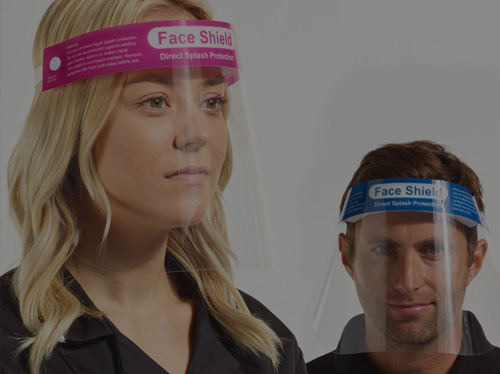

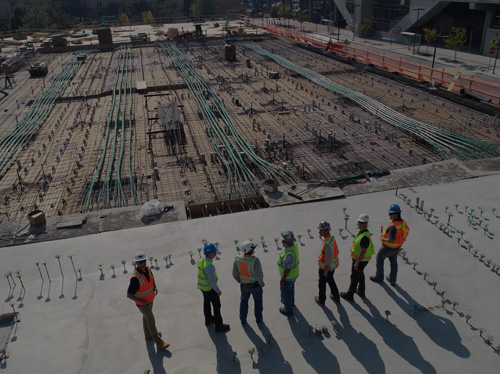


![clearpay1]](https://www.siteking.co.uk/wp-content/uploads/2023/03/clearpay1.jpg)
